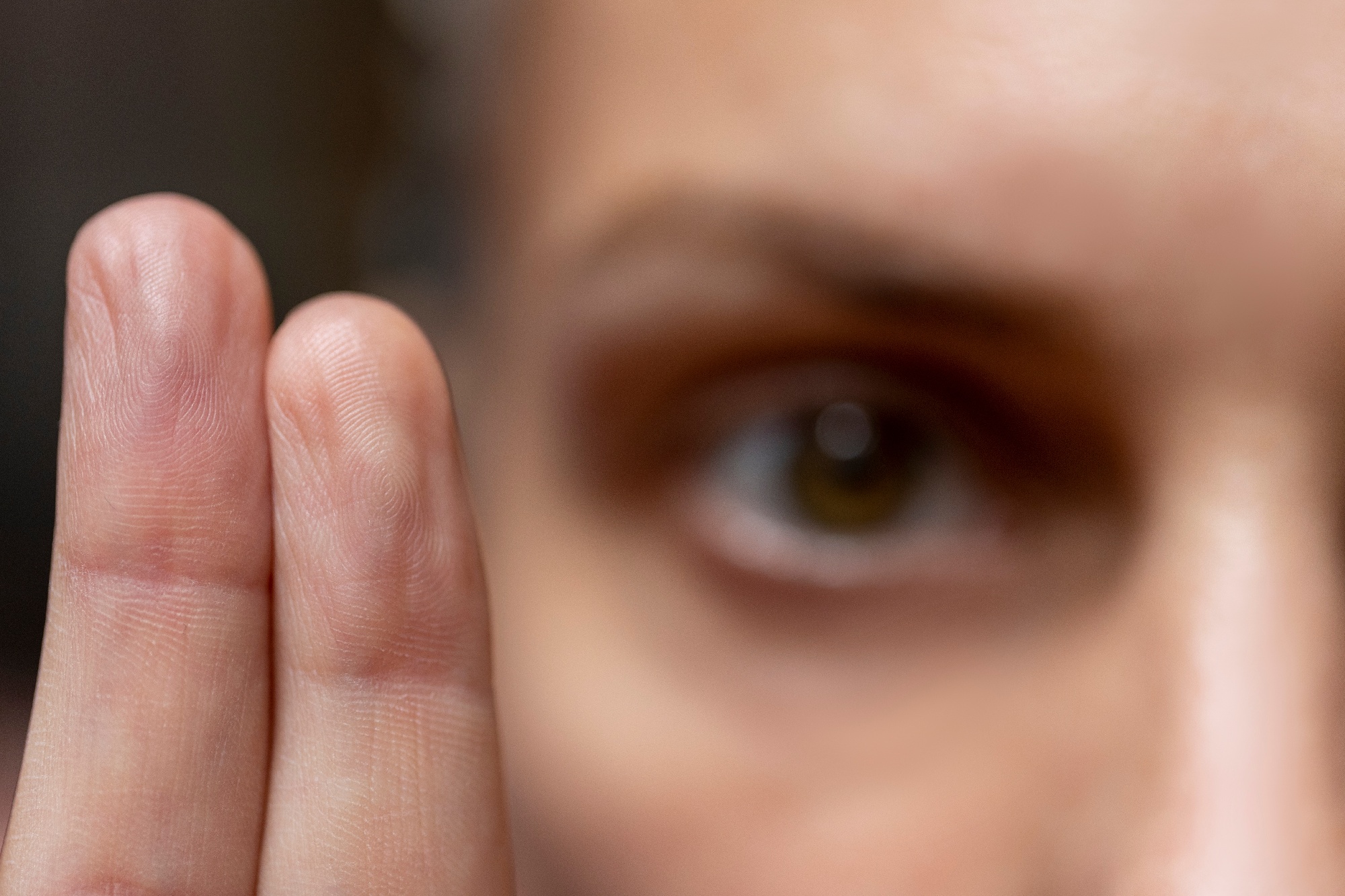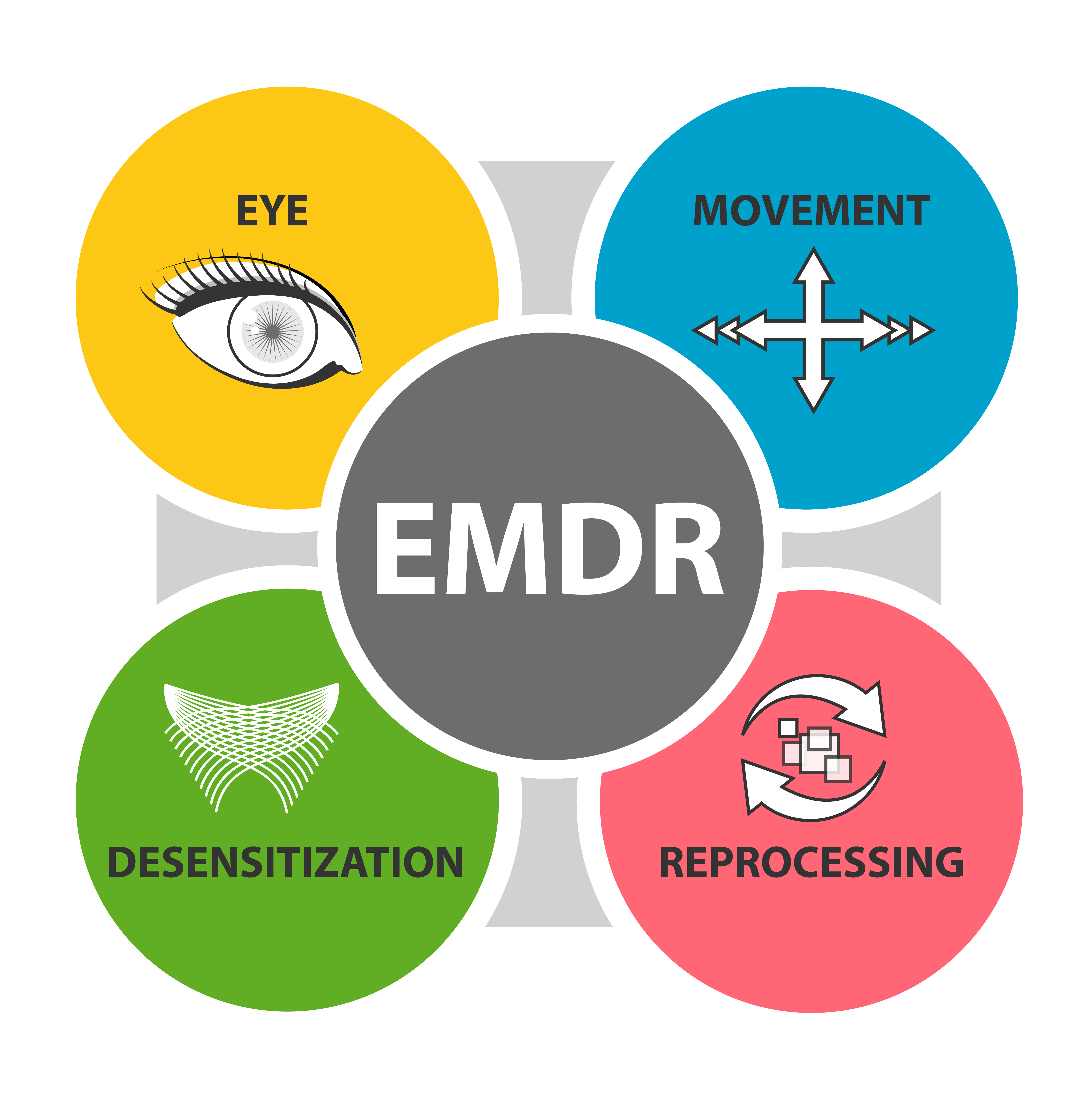EMDR Therapy Guide
EMDR (Eye Movement Desensitization and Reprocessing) is a type of therapy that is used to help individuals who have experienced traumatic events or have symptoms of post-traumatic stress disorder (PTSD). It is a powerful tool that can help individuals heal from past traumas and improve their mental health. As a therapist, it is important to understand the principles of EMDR and how to use it effectively with your clients.
Understand the theory
Before you begin using EMDR with your clients, it is important to have a good understanding of the theory behind it. This includes understanding the concept of trauma and how it can impact the brain, as well as the principles of desensitization and reprocessing. One of the key principles of EMDR is the concept of adaptive information processing. This theory suggests that the brain is able to process and integrate traumatic experiences in a healthy way when given the right conditions. EMDR helps to create these conditions by activating the brain’s natural healing process.
%20therapy%20concept.%20A%20psychotherapy%20treatment%20for%20people%20who%20had%20traumatic%20experiences-01.png?width=415&height=417&name=Eye%20Movement%20Desensitization%20Reprocessing%20(EMDR)%20therapy%20concept.%20A%20psychotherapy%20treatment%20for%20people%20who%20had%20traumatic%20experiences-01.png)
- Be prepared: Before beginning an EMDR session, make sure you have all the necessary materials, such as eye movement or audio cues, and that you have reviewed the client’s history and treatment plan.
- Start with a stabilization plan: EMDR can be emotionally intense for clients, so it is important to begin with a stabilization plan that includes self-care techniques, such as grounding exercises and relaxation techniques.
- Use a phased approach: EMDR is a phased approach, starting with past events, moving to the present, and integrating into the future. It is important to work with the client to identify the traumatic memory or event, and then to work through it in a safe and controlled way.
- Be aware of your client’s reactions: EMDR can be an emotional process and it is important to be aware of your client’s reactions, such as increased anxiety or distress. If this occurs, it is important to take a break and work with the client to address these feelings before continuing with the session.
- Follow up: After an EMDR session, it is important to follow up with the client to check in and discuss any changes or reactions they may have had. It is also important to continue to provide support and guidance as the client works through their trauma.
The EMDR process typically begins with a detailed assessment to identify the specific memories and emotions that are causing distress. Once these have been identified, the therapist will guide the client through a series of eye movements or other bilateral stimulation while the client focuses on the traumatic memory. The therapist may also use other techniques such as “cognitive interweaves” to help the client process and integrate the traumatic memories.
One example of an EMDR technique is the “3-3-3” technique, which involves the client following the therapist’s fingers as they move back and forth in front of the client’s eyes. The therapist will ask the client to focus on a specific memory or emotion while following the fingers. After about 30 seconds, the therapist will ask the client to take a break and notice any changes in the way they feel. This process is repeated three times.

Another example is the “safe/calm place” technique, where the therapist guides the client to create a mental image of a safe place where they can go to feel calm and safe. The client will then be asked to focus on this image while following the therapist’s fingers. This technique can be used to help the client feel more relaxed and safer during the EMDR process.
The therapist may also use a technique called “body scan,” where the therapist will ask the client to focus on different parts of their body and notice any sensations that arise. This can help to identify and process any unresolved physical sensations associated with the traumatic memory.
In addition to these techniques, EMDR therapy also involves the use of cognitive interweaves, which are statements that help the client integrate the new information gained from the traumatic memory into their existing beliefs and understanding. This helps the client process the memory in a more meaningful way and gain a new perspective on the traumatic event.
Continuing education and training
EMDR is a specialized therapy that requires ongoing education and training. As a therapist, it’s important to stay up to date with the latest research and guidelines to provide the best support to your clients.
EMDR can be a powerful tool for helping individuals heal from past traumas and improve their mental health. By activating the brain’s natural healing process, EMDR can help clients process and integrate traumatic memories in a healthy way, leading to significant improvements in psychological well-being. As a therapist, it is important to understand the principles of EMDR and how to use it effectively with your clients. By following these tips and providing support and guidance, you can help your clients work through their trauma and improve their overall well-being.


